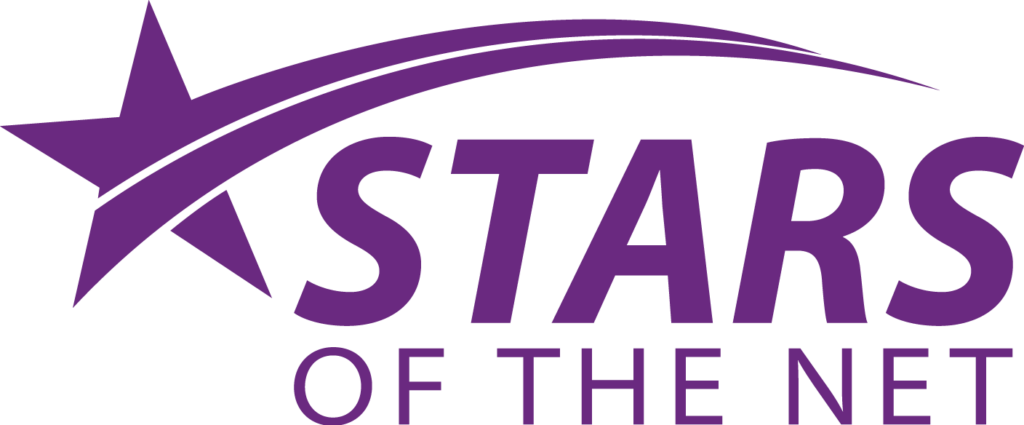Conversion optimization is a term increasingly used in the online marketing world. But what exactly is conversion optimization?
Conversion optimization is the process of improving a website or online ad to ensure that its visitors become customers. So the goal of conversion optimization is to make sure that a website or ad converts better, or in other words brings in more customers. The idea is that through conversion optimization, you also end up generating more sales. So conversion optimization is actually exactly what the word says. Optimize conversions, bring in more conversions.
A/B testing for conversion optimization
Conversion optimization is often addressed through A/B testing. A/B testing involves testing a particular variable (for example, the color of a button) on two different versions of a website or advertisement. By analyzing the data from these tests, it is possible to see which version converts the best and therefore this version can be considered the “winner.
However, sometimes it is not so easy to test the right variable. This is where the science of psychology comes in. If we know how people think and what their motivations are, we can use this to ensure that a website or ad converts better.
So conversion optimization is an important part of online marketing, and by using the psychology behind conversion optimization, a website or ad can start to perform even better. Below I describe three effects from psychology that are relevant when you want to increase the number of conversions from your website.
The Decoy Effect
The decoy effect is a cognitive “bias” that occurs when people are presented with three options. The third of these options is a distraction, a decoy.
In their paper, Tversky and Kahneman gave participants two options for a subscription to a fictional scientific paper:
Option A: Subscription to the paper for one year: $100
Option B: Subscription to the paper for two years: $180
The researchers found that most participants chose option A.
In the second part of the study, they introduced a third option. Option C: Subscription to the newspaper for one year: $130. This was the decoy option. When this option was added, the majority of participants chose option B.
The effect occurs because option C makes option B more attractive in comparison. This is an example of the contrast principle, which means that people perceive a difference between two things when they are presented in contrast to each other.
The decoy effect is a reminder that our decisions are often influenced by factors we are not aware of. We may think we make rational choices based on our own preferences, but in reality we are often influenced by psychological factors of which we are not aware. You might use the decoy effect as a marketer or shop owner.
Loss aversion
Loss aversion is a cognitive “bias” that refers to our tendency to avoid loss rather than gain.

That people are motivated more by fear of losing something than by the chance of winning something was first investigated in a 1979 study. After this, it has been repeated and proven again several times.
Loss aversion is believed to stem from our evolutionary history. From an evolutionary perspective, it makes sense to worry more about losses than gains because losses can lead to death, while gains are less likely to have such dramatic consequences. But loss aversion can also lead to suboptimal decisions. For example, investors may be so worried about losing money that they miss opportunities for profitable investments.
Loss aversion is very relevant in marketing. It is strongly related to Cialdini’s “scarcity principle. When a product is almost sold out, customers may feel that they are about to lose it. This makes them more likely to buy it because they have aversion to losing it.
This is why “1 more room available” is often used by booking.com, for example. Webshops can also use this. For example, by giving a time limit on how long there is still a discount: “Only 1 more hour 50% off this product”.
Choice-paradox
The choice paradox refers to our tendency to make suboptimal choices when faced with too many options.
The choice paradox was first identified by psychologist Barry Schwartz in a 2004 book. In his research, Schwartz found that people are more satisfied with their choices when they have fewer options to choose from. This finding has since been replicated in many studies.
The choice paradox occurs because too many options can lead to analysis paralysis. When faced with too many options, we have difficulty making a decision. We then start doubting ourselves and worrying that we may make the wrong choice.
So it is important for an online store not to give customers too many equal choices. One way to prevent this is by giving enough options to filter. That way, customers can narrow down the choices themselves based on what they need. Therefore, by limiting the choice offerings, customers will suffer less from the choice paradox.
So conversion optimization is an important part of online marketing. By using the psychology behind conversion optimization, a website or advertisement can perform even better.

